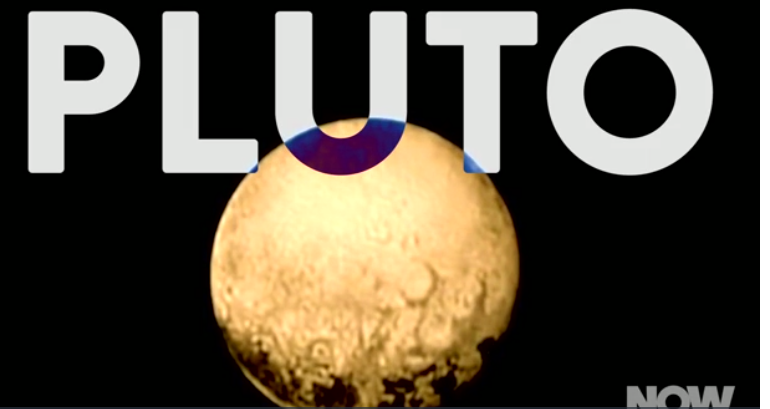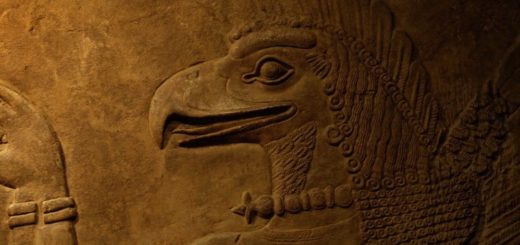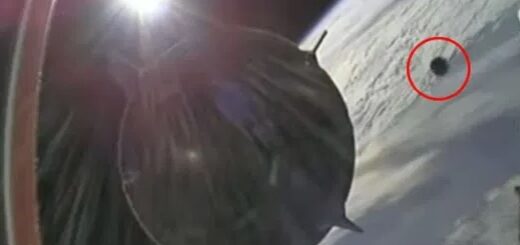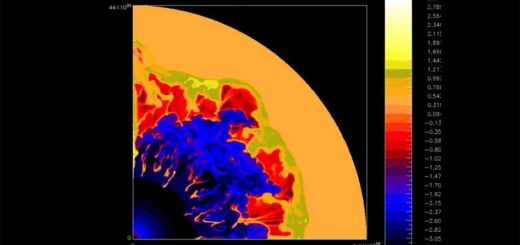Our Closest Look Ever at Pluto’s Weird, Beautiful Surface

Before 1930, Pluto was a mathematical prediction. Astronomers had spent 149 years watching Uranus’s wonky orbit and estimating what must be out there in the far reaches of our solar system, majestically mucking things up. Neptune was identified as a planet in 1846, but even the presence of another gas giant didn’t entirely explain what was going on with Uranus. The search was on for “Planet X.”
Almost a century later, the discovery would go to a 24-year old working his first job in the field: junior astronomer Clyde Tombaugh with the Lowell Observatory in Flagstaff, Arizona. (It was given its name by an even younger space enthusiast: 11-year old Venetia Burney of Oxford, England.) The astronomical body had been observed before, but Tombaugh was the first to posit that it could be a planet.
It’s easy to see how Pluto escaped humanity’s notice for so long. The dwarf planet’s elliptical orbit takes it from 28.7 astronomical units away from Earth at its closest (which is 2.7 billion miles, or 4.3 billion kilometers) to almost twice as distant at its furthest: 50.1 astronomical units (which is 4.7 billion miles, or 7.5 billion kilometers). At those distances, and with a radius less than 20 percent the size of Earth’s, Pluto was always a dim speck in even our best telescopes.
The space race and the digital age gave us opportunities for closer observation, but none so close as NASA’s New Horizons probe. It passed less than 10,000 miles (17,000 kilometers) from Pluto’s surface in July 2015. In December, it began sending back its best images of the dwarf planet’s surface. As Alan Stern, the project’s principal investigator, said: “The science we can do with these images is simply unbelievable.” Check a few of them out in the above NOW video.



 Creators of mankind
Creators of mankind Description of “Tall white aliens”
Description of “Tall white aliens” Where they came from?
Where they came from? About hostile civilizations
About hostile civilizations The war for the Earth
The war for the Earth “Tall white aliens” about eternal life
“Tall white aliens” about eternal life Video: “Nordic aliens”
Video: “Nordic aliens” Aliens
Aliens Alien encounters
Alien encounters The aliens base
The aliens base UFO
UFO Technology UFO
Technology UFO Underground civilization
Underground civilization Ancient alien artifacts
Ancient alien artifacts Military and UFO
Military and UFO Mysteries and hypotheses
Mysteries and hypotheses Scientific facts
Scientific facts


















